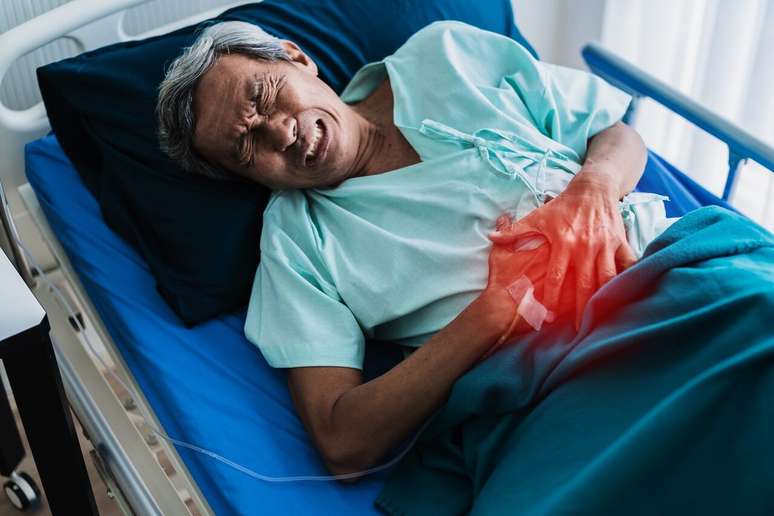Common and often silent conditions, abdominal hernia can compromise the quality of life about 25% of the Brazilian adult population lives with a sort of abdominal hernia, that is, about 28 million people. This problem occurs when part of an internal organ, such as the intestine. For example, it crosses a weakened region of […]
Common and often silent conditions, abdominal hernia can compromise the quality of life
About 25% of the Brazilian adult population live with a sort of abdominal hernia, or about 28 million people. This problem occurs when part of an internal organ, such as the intestine. For example, it crosses a weakened region of the abdominal muscles. This shift forms an abnormal volume under the skin, known as swelling, which at the beginning can cause pain, discomfort and, in more serious cases, lead to complications if not treated correctly.
The hernia is silent!
According to the surgeon of the digestive device and a specialist in the abdominal wall Cássio Gontijo, the symptoms do not always appear at the beginning. “Many people do not realize they have an hernia until the image worsens. The ideal is looking for a specialist when you notice any pain or protrusion in the belly, especially during physical effort.”
In addition to the discomfort and risk of complications, hernias may appear with other serious conditions, such as bridges and intestinal adhesions, which may evolve with intestinal obstruction. “The adhesions are internal scars that are formed in response to lesions, inflammations or abuse interventions, which creates bands of fibrous tissues that can attack the intestine with each other or the abdominal wall, forming areas of acro -caliation and promoting images of intestinal obstruction”, explains the Surgeon. These situations usually arise after surgical manipulations of the abdominal cavity and are relatively common in patients undergoing emergency procedures.
How do they present themselves?
According to Gontijo, hernias can arise for several reasons, including the practice of activities that require intense strength, obesity, aging, previous surgical interventions in the abdominal region, pregnancies, smoke and genetic factors. Although anyone can develop the problem, men over the age of 50 are among the most affected.
The surgeon also stresses that the engraved hernia, as in the case of former president Jair Bolsonaro, is a direct consequence of the cuts performed in previous surgical interventions. “The region in which the incision has occurred becomes more fragile and can evolve with holes in the muscles through which the internal structures pass, as parts of the intestine,” he says. According to him, between 30% and 50% of urgent patients can develop this type of hernia. In more serious cases, hernia can present intestinal handles and, when these structures are imprisoned, intestinal suffering and immediate intervention may occur.
Know the types of hernia
“One of the most common types of abdominal hernia is inguinal, which occurs in the inguinal region. It is more frequent in men, especially in those who have a family history or an overweight. The umbilical appears around the navel, being common in women, especially after pregnancy, but can also occur in babies. The digestive surgeon.
“The last type, which also deserves attention, is the engraved, which occurs on the site of a previous surgery. This hernia can develop months or even years after the procedure, due to a weakness of the muscles of the abdominal walls”, adds the doctor.
Complex hernias
The hernias classified as complex require a specialized approach. “Complex hernia is an hernia that has become difficult to treat and can be due to: not to be treated for many years; having been treated without success, causing the scar bulb; to present great abdominal wall defects; loss of home viscera; or possible soft tissue infection. Complex hernia can be challenging, especially in obese or obese patients”
Treatment can be carried out through traditional surgery or modern techniques such as videolaparoscopy and robotic surgery. These options offer lower recovery times and less pain after the procedure.
“Today we have been able to perform high complexity surgical interventions with modern techniques and positive results. Above all, the patient is looking for an expert with abdominal wall experience to ensure the best possible treatment,” concludes the surgeon.
Source: Terra
Ben Stock is a lifestyle journalist and author at Gossipify. He writes about topics such as health, wellness, travel, food and home decor. He provides practical advice and inspiration to improve well-being, keeps readers up to date with latest lifestyle news and trends, known for his engaging writing style, in-depth analysis and unique perspectives.








